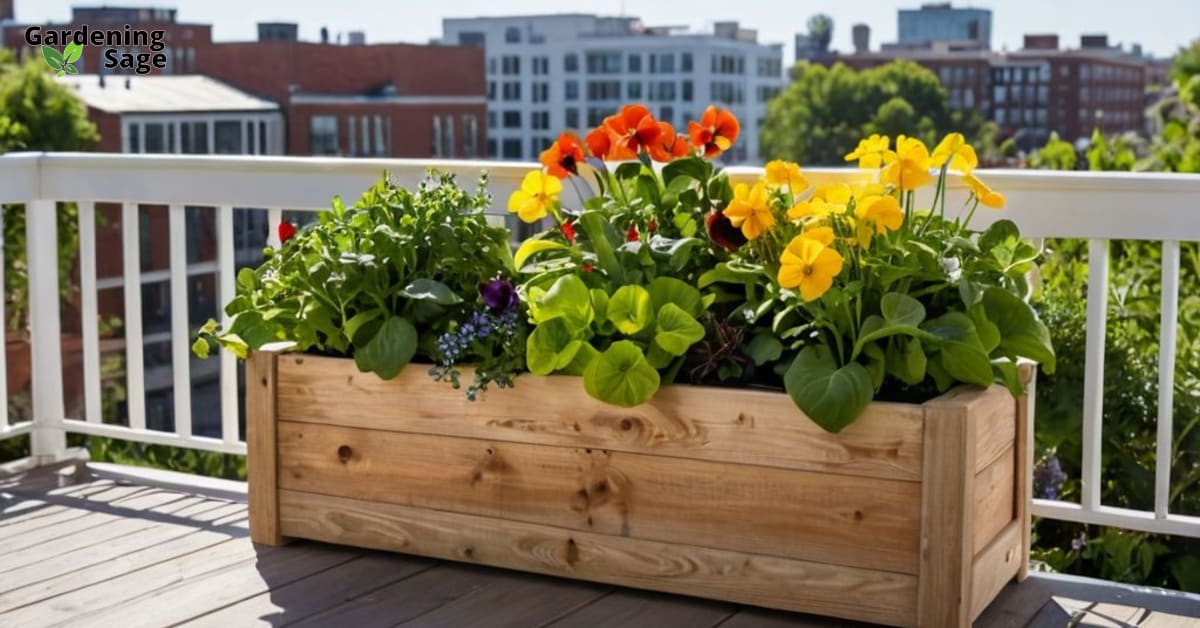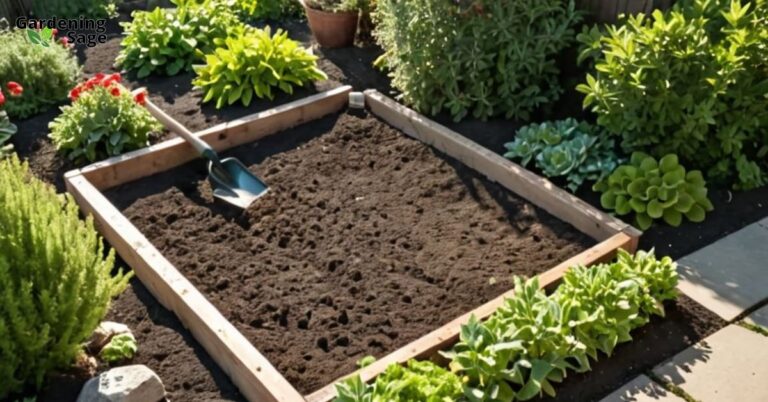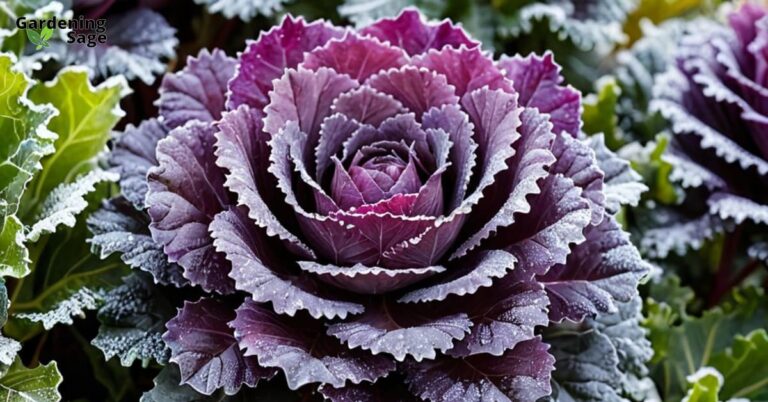Embarking on Your Planter Box Gardening Journey
Whether you live in an apartment with a tiny balcony or want to add a pop of green to your patio, planter boxes allow anyone to become an urban gardener. These mini gardens open up a world of possibilities to grow herbs, vegetables, and ornamentals in compact spaces. As you embark on your planter box gardening adventure, a bit of planning and TLC can transform even the smallest area into a lush, vibrant oasis.
Choosing the Perfect Planter Box for Your Space
The first step is selecting the right planter box for your needs. Consider the dimensions of your space and how much room you have. Rectangular wooden boxes work well against walls and in corners. For railings and balconies, look for narrow planter boxes that provide a vertical green accent. Metal, ceramic, and plastic planter boxes also come in many shapes like circles or hexagons to match your style.
Make sure to pick good-quality materials that will hold up outside and complement your decor. And don’t forget drainage! Look for planter boxes with drainage holes or build your own with a drainage layer of gravel at the bottom.
Preparing Planter Box Soil for Healthy Plants
Now that you’ve selected the perfect planter box, it’s time to prepare the soil. Good soil is vital for growing thriving container plants. Choose a high-quality potting mix, not garden soil which can get compressed. Mix in a slow-release fertilizer to provide nutrients for the entire season.
Before filling your planter, place a layer of landscape fabric over the drainage holes to prevent soil from leaking out. Then fill your planter box 2/3 of the way with potting mix. Gently firm the soil but don’t pack it down too tightly. Leave space at the top for watering.
Picking the Best Plants for Planter Box Gardening
When selecting plants, opt for compact varieties suited to planter box gardening. Herbs like thyme, oregano, basil, and chives thrive in planter boxes and add fresh flavor to meals. For ornamentals, consider low-growing annuals like petunias, pansies, and marigolds that add pops of vibrant color.
Don’t overlook leafy greens – planter boxes are perfect for planting lettuce, kale, spinach, and other vegetables. And trailing plants like ivy geraniums or creeping Jenny spill beautifully over planter edges.
Group plants with similar light and watering needs together. Check plant tags to space them properly and use taller plants in the back.
Caring for Container Plants in Planter Boxes
Container plants need more frequent watering and fertilizing than in-ground plants. Check soil moisture daily, watering when the top inch becomes dry. Add liquid fertilizer every 2-3 weeks during the growing season.
Prune back overgrown plants and pinch off faded blooms to encourage new growth. As the season winds down, cut back on watering and fertilizer for hardy plants. To overwinter tender plants, move planter boxes to a sheltered location.
With the right care, your planter box mini garden will soon flourish into a beautiful, bountiful oasis! Our website has more tips to help you succeed with planter box gardening.














